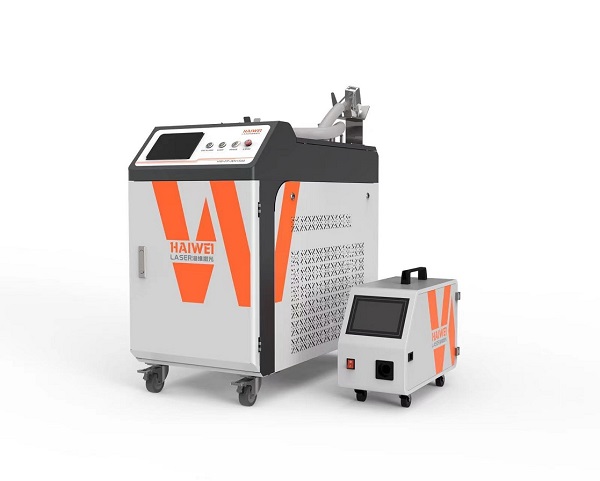Laser Welding Machine: Water-Cooled or Air-Cooled?
When selecting a laser welding machine, one practical decision is the cooling method: water-cooled or air-cooled. This choice affects not only system performance but also installation requirements, maintenance needs, and long-term reliability.

How Cooling Affects Laser Performance
All fiber lasers generate heat during operation. Efficient heat dissipation is essential to maintain beam stability and component lifespan. The two main cooling approaches serve the same purpose but differ in design and application fit.
Water-Cooled Laser Welding Machines
Most industrial laser welding machines with power levels above 1.5 kW use water cooling. A chiller circulates coolant to absorb heat from the laser source and optical components. This method provides precise temperature control, which is critical for high-power, continuous-duty applications like deep penetration welding or automated production lines. Water-cooled systems are more stable over long shifts and better suited for environments with high ambient temperatures.
However, they require additional space for the chiller unit and regular maintenance to prevent scaling or leaks. Proper water quality and flow monitoring are necessary to avoid damage.
Air-Cooled Laser Welding Machines
Air-cooled models use built-in fans and heat sinks to dissipate heat. They are typically used in low to mid-power systems (up to 1.5 kW) and are ideal for light-duty or intermittent welding tasks. The main advantage is simplicity—no external chiller, no plumbing, easier setup and mobility. This makes them popular in small workshops or repair stations.
That said, air-cooled lasers are more sensitive to ambient conditions. In hot or dusty environments, performance may degrade faster without proper ventilation.
Choosing the Right Option
For high-volume, high-power welding, a water-cooled laser welding machine offers better thermal stability and durability. For flexible, low-maintenance use in less demanding settings, an air-cooled system may be sufficient.
Consider your duty cycle, power needs, and facility conditions when deciding. The right cooling method supports consistent weld quality and longer system life.
Recent Posts
- What are the advantages of laser welding machines in lithium battery pack production lines?
- What issues should be noted when choosing a lithium battery pack production line?
- Quality Inspection and Control of Lithium Battery Module Pack Production Line
- Cell grouping and sorting process in lithium battery module pack production line
- What are the safety hazards of lithium battery pack production lines and how can they be prevented?
INQUIRY

